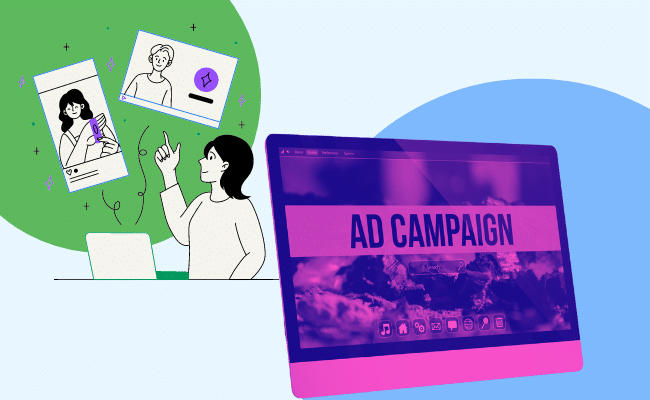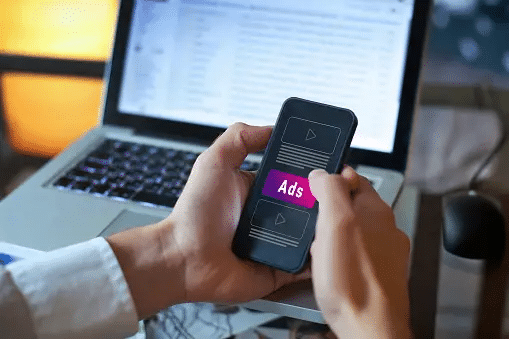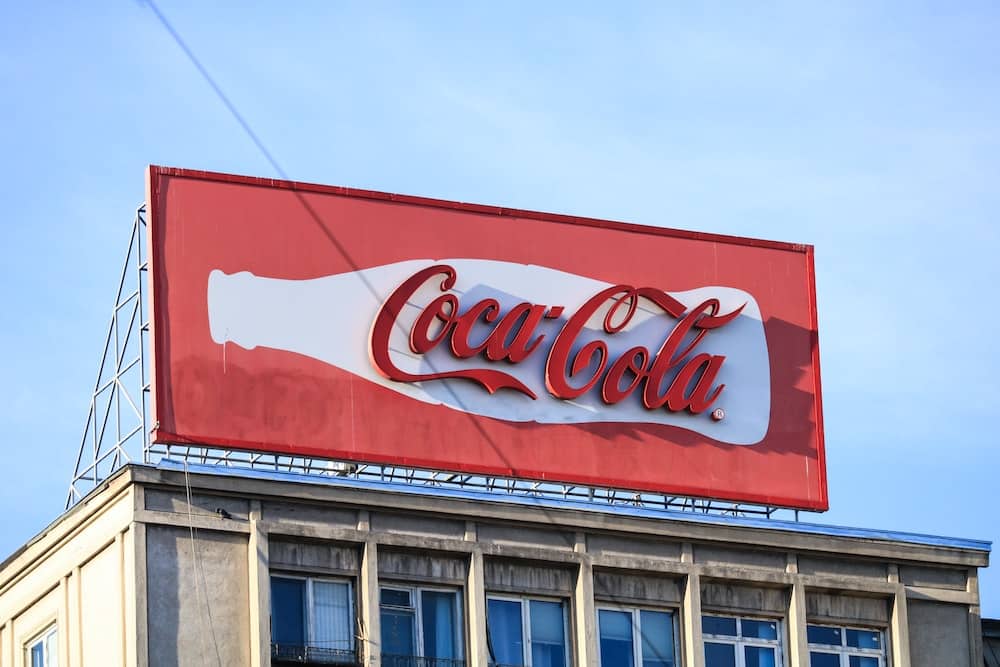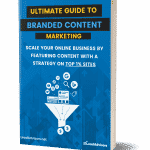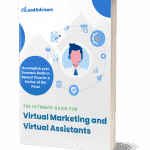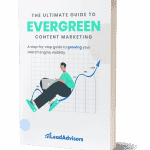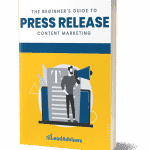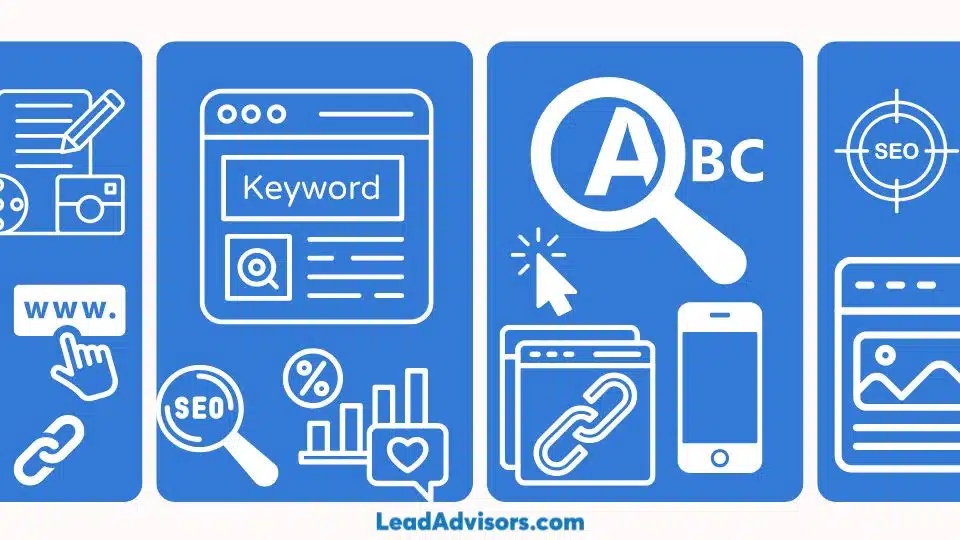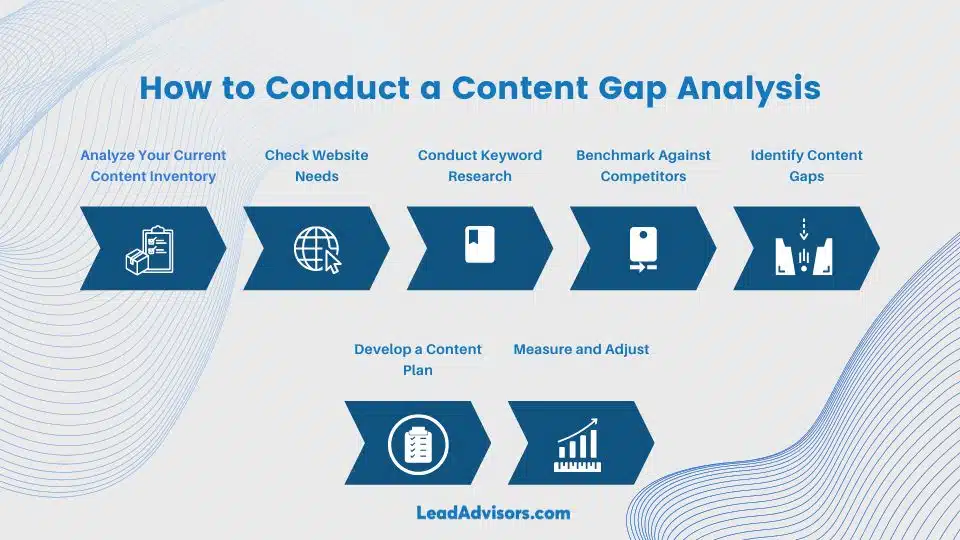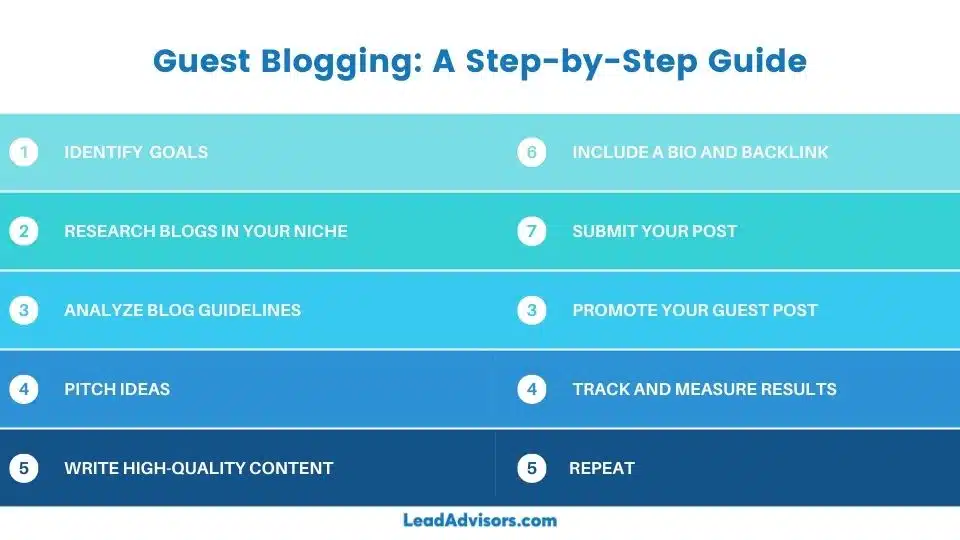Getting your website noticed in the competitive online business world can be challenging. That’s where native advertising strategy comes in. Native advertising seamlessly blends promotional content with the user’s online experience, capturing their attention without disruption.
In this beginner’s guide, we’ll explore the power of native advertising for business websites. Discover how it can boost targeted promotion, establish brand authority, and drive significant traffic and conversions.
Whether you’re a novice in digital marketing or aiming to elevate your website’s performance with native advertising engagement, this comprehensive guide will provide you with the necessary expertise and resources to thrive in native advertising.
Get ready to unlock the boundless possibilities in the feedback of native advertising and conquer the online realm of in-feed ads for a full native ad campaign on the demand side platform of your business website. Let’s dive in!
What Is Native Advertising?
Native advertising is a powerful strategy that has revolutionized how businesses promote their products and services online. But what exactly is native advertising? In simple terms, native advertising refers to how native advertising seamlessly integrates promotional content within the user’s online experience. It blends in with the surrounding content and appears as a natural part of the platform without disrupting the user’s flow.
You May Also Like: How to Improve On-Page SEO for Your Business Website
Types of Native Advertising
There are other articles on various types of native ads that businesses can leverage to make ad spend and reach their target audience effectively.
Sponsored Content
Sponsored articles, videos, or other forms of content created in collaboration with a brand and seamlessly integrated into a publisher’s platform.
Advertorials
These are editorial-style advertisements that mimic the format and style of the publication they appear in, providing useful information while subtly promoting a product or service.
Branded Content
Content created by a brand to entertain, inform, or educate the audience while subtly featuring the brand or its offerings.
So, why should business owners consider incorporating these types of native advertising into their marketing strategies?
Read More: How to Master Technical SEO?
Benefits of Native Advertising
Let’s explore the benefits of native advertisements:
Improved User Engagement and Experience
Native ads blend seamlessly with the user’s browsing experience, resulting in higher engagement. By aligning with the platform’s content style, they feel less intrusive and provide value to the audience, leading to a positive user experience.
Increased Brand Awareness and Credibility
Native advertising enables businesses to expand their reach and enhance brand exposure. When done right, native ads can create a positive brand association, enhancing credibility and trust among consumers.
Higher Conversion Rates and ROI
Native ads can potentially deliver higher conversion rates and return on investment. Businesses can attract qualified leads and drive conversions by delivering relevant content to a targeted audience. Native ads often outperform traditional display ads regarding click-through rates and conversion metrics.
Integrating native advertising strategy into your digital marketing approach can revolutionize your business website. It provides a different chance to connect with your audience, increase brand recognition, and attain measurable outcomes.
You May Also Like: Press Release Best Practices
How to Implement Native Advertising on Your Business Website
Utilizing native advertising can significantly boost the visibility and engagement of your front-page content and business website. Here are key steps to effectively implement a native ad campaign and spot native advertising well:
Identify and Understand Your Target Audience
Before diving into native advertising, it’s crucial to identify and understand your target audience. Conduct thorough market research to understand their demographics, interests, and online behavior. This understanding will help you craft effective native advertising examples and ads that resonate with your audience and deliver maximum impact.
Choose the Right Platforms for Native Advertising Strategy
Selecting the appropriate platforms for native advertising is essential. Research and identify platforms that align with your target audience’s preferences and where your native video content and ads can seamlessly integrate into the user experience. Consider factors such as the platform’s reach, audience demographics, and native video ads content and relevance to ensure your native ads reach the right people at the right time.
Create Compelling and Relevant Content
The success of native advertising lies in creating compelling and relevant content that seamlessly blends with the platform’s existing editorial content. Develop high-quality editorial content that provides value to the audience while subtly promoting your products or services. Focus on storytelling, captivating visuals, and informative messages when creating sponsored ad posts that resonate with your target audience.
Maintain Transparency and Disclosure
Maintaining transparency is crucial when utilizing native advertising strategy. It is essential to disclose that the content is sponsored or promoted. Use appropriate labeling or disclosure mechanisms as required by advertising guidelines and regulations. Maintaining transparency builds trust with your audience and ensures a positive user experience.
Track and Measure the Performance of Native Ads
To assess the effectiveness of your native advertising efforts, it’s crucial to track and measure the performance of your native ads yourself. Set up analytics tools to monitor key metrics such as click-through rates, conversions, and engagement. Analyze the data to gain insights into what’s working and what can be improved. Use these insights to optimize your native ads for better results.
Read More: 10 Media Outreach Tips to Boost Your Website
Native Advertising vs. Traditional Advertising
When promoting your business website, you have various digital advertising methods. Two popular approaches are native ads or advertising and traditional advertising. Let’s explore the differences between these methods and uncover the advantages of why native advertising works well over traditional approaches.
Native Advertising
Native advertising strategy or native ad inventory seamlessly blends in with the platform, landing page, news feed, or website where it appears. It matches the surrounding material or landing page’s style, format, and content, creating visual engagement and a cohesive user experience. Native ads are designed to be informative, engaging, and valuable to the audience while subtly promoting a brand or product.
Traditional Advertising
Traditional advertising, on the other hand, includes methods such as paid media such as display ads, banner and native video ads,, TV commercials, and print advertisements. These forms of digital advertising are typically separate from the platform or publisher’s site or content and are easily distinguishable as promotional material. Traditional display ads also often interrupt the user’s experience to grab attention.
You May Also Like: How SEO Content Can Boost Your Website’s Ranking
Advantages of Native Advertising over Traditional Methods
Seamless Integration
Native advertising seamlessly integrates with the platform’s content, making it less intrusive and more appealing to users. It feels like native advertising example a natural part of the user experience, enhancing engagement and minimizing resistance and ad fatigue to banner \ads from the audience.
Increased Relevance
Native ads are highly targeted and relevant to the audience’s interests and preferences. By aligning video ads with the platform’s own content itself, native advertising strategy captures the attention of users already engaged with social news feeds and social media posts made on related topics, increasing the chances of converting them into customers.
Improved User Experience
Native advertising using native ad formats aims to enhance the user experience on a web page by providing valuable content that educates or entertains while subtly promoting a brand. Unlike traditional ads that can interrupt and disrupt the user’s flow on web pages or mobile devices, native ads offer a seamless and enjoyable web page browsing experience.
Utilizing native advertising is an effective strategy that empowers businesses to connect with their desired audience and accomplish their marketing objectives. The study also found that using native advertising examples, video advertising is more effective than native advertising cost traditional display advertising at driving brand awareness, purchase intent, and purchase behavior. (Jog, N.,2023)
You May Also Like: 7 Proven Strategies to Increase Organic Traffic to Your Website
How Much Does Native Advertising Strategy Cost? 
Content promotion using native advertising examples is vital in driving traffic, expanding reach, and generating leads for your business website. Native advertising offers an excellent opportunity to amplify your content’s visibility and engagement. Let’s explore some best practices for content promotion using native advertising.
Strategies for Effective Content Promotion Using Native Advertising
After producing valuable content, the next crucial step is ensuring its effective promotion. Native advertising strategy allows you to target precise audiences, amplify brand visibility, and attract relevant visitors to your site. Utilizing native ads enables you to expand the reach and visibility of your content, leading to heightened engagement and improved conversion rates.
Identifying the Right Channels and Platforms
Research and identify the channels and platforms where your target audience is most active. Consider factors such as demographics, interests, and engagement levels. Choose platforms that align with your target audience’s preferences, whether social media platforms, content discovery networks, or industry-specific websites.
Creating Catchy Headlines and Engaging Content
Craft compelling headlines and sponsored stories that grab attention and entice users to click on your native ads. Emphasize crafting captivating and educational content, providing significant value to your readership. Use storytelling techniques, vivid visuals, thumbnail images, and clear calls to action to captivate readers and encourage them to explore further your native ad spend or campaign.
Leveraging Social Media and Influencers
Maximize the exposure of your programmatic native advertising and ads by leveraging social media platforms. Connect with your target audience through tailored advertisements on popular platforms like Facebook, Instagram, or LinkedIn. Partner with influential figures in your industry to endorse your company logos, programmatic native advertising, or other native ads, tapping into their credibility and reach to expand your audience.
Testing and Optimizing Native Ad Campaigns
Continuously test and optimize your native ad campaigns to improve performance. Experiment with native ad placements, formats, headlines, visuals, and targeting options. Monitor key metrics for your native ad and other ad space, such as click-through rates, engagement rates, and conversions, to identify what works best for your target audience. Refine your native advertisement campaigns based on data-driven insights to achieve optimal results.
Read More: The Types of Marketing For Your Brand (2023)
Best Practices for Sponsored Content in Native Advertising
Sponsored content is integral to advertising success in many native advertising campaigns, allowing businesses to collaborate with publishers and create engaging, informative, and persuasive content for target audiences. This section will explore key considerations when utilizing sponsored content in your native advertising strategy.
Defining Sponsored Content and its Role in Native Advertising
Sponsored content is a paid advertisement or promotional material seamlessly integrated into the platform’s natural content, maintaining a similar style, tone, and format as native advertising examples. It provides value to the native content, producer, and audience while subtly promoting a brand, product, or service. The purpose of sponsored content in native advertising is to capture and engage users’ attention authentically and non-disruptively.
Guidelines and Ethical Considerations for Sponsored Content
When incorporating sponsored content in your native advertising strategy, adhering to guidelines and ethical standards is crucial. Ensure that your sponsored content is clearly labeled as “sponsored,” “promoted,” or “paid.” This transparency builds trust with your audience and avoids any confusion or misinterpretation.
Additionally, comply with relevant advertising regulations and industry standards. Become acquainted with advertising regulations established by relevant organizations like the Federal Trade Commission (FTC) or Advertising Standards Authority (ASA), depending on the geographical preferences of your target audience.
Maintaining Authenticity and Credibility
Maintaining authenticity and credibility is paramount when using sponsored content in native advertising. To do so, consider the following:
Select publishers and platforms that align with your brand values and target audience. Ensure their content resonates with your message and maintains high quality.
Craft sponsored content that provides genuine value to the audience. Focus on educating, entertaining, or solving a problem rather than purely promoting your brand. This approach establishes your credibility and fosters a positive perception of your business.
Engage with influencers or professionals in your industry who genuinely associate with your brand. Their support and knowledge can boost the trustworthiness of your sponsored content.
Read More: How to Make a Content Calendar in 6 Easy Steps
Examples of Successful Sponsored Content Campaigns
Numerous brands have executed successful sponsored posts and marketing campaigns in the feed. One notable example is Coca-Cola launched a successful paid content marketing campaign in 2014 called “Share a Coke.” The marketing initiative showcased customized beverage cans bearing the names of individual consumers. The campaign garnered immense popularity across social media platforms, leading to a notable surge in sales for Coca-Cola.
Another example is in 2018, Nike released a successful ad campaign called “Dream Crazy.” Nike experienced a substantial boost in sales due to their successful social media campaign featuring videos creating ads showcasing athletes who triumphed over personal obstacles.
You May Also Like: 5 Best On-Page SEO Tools in 2023
Conclusion
Native advertising offers immense potential for business websites, allowing seamless integration of promotional content and enhancing user experience. By implementing effective native ads and advertising strategies, you can improve engagement, increase brand credibility, and achieve higher conversions.
Identify your target audience, choose the right platforms, create compelling native content yourself, and monitor performance. LeadAdvisors specializes in native advertising and can provide personalized guidance.
Stay updated, adapt to industry trends, and unlock the transformative power of native advertising for your business website’s success. Start implementing these five native campaign strategies on premium websites today and experience the impact of spot native advertising firsthand.

